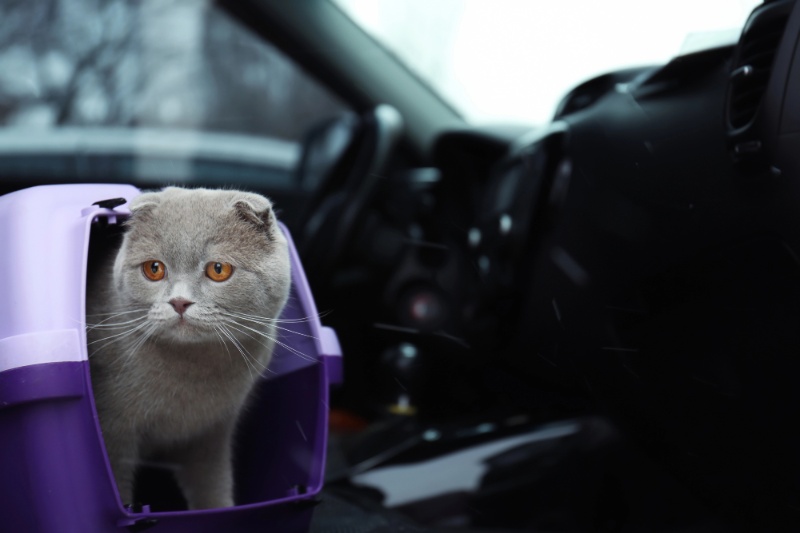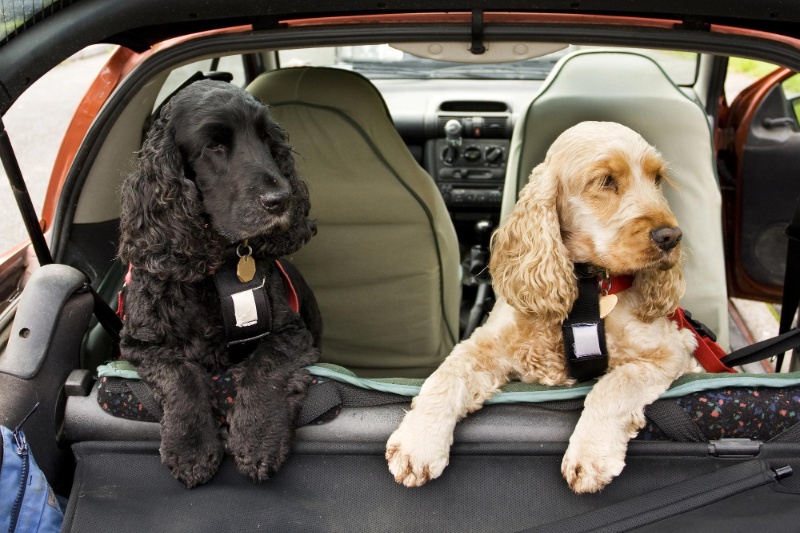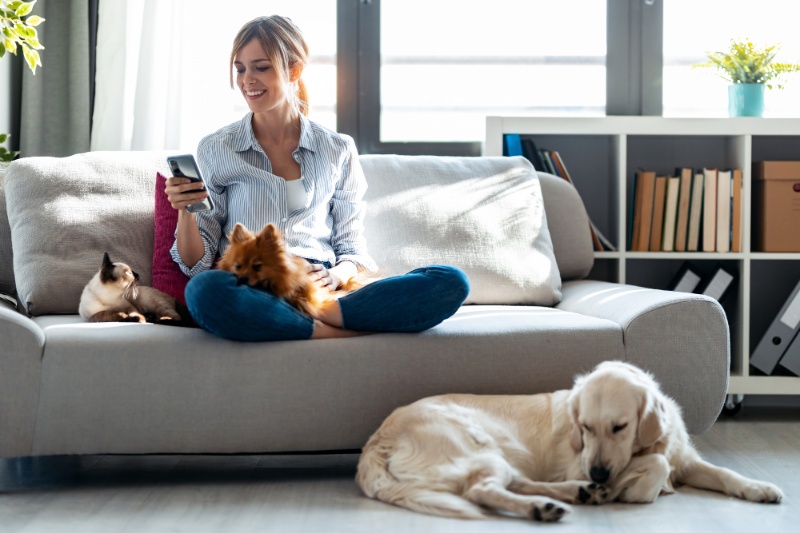Summer holidays are a time for fun and relaxation, but for our pets, it can be a period of anxiety and stress. Separation anxiety in pets, particularly cats and dogs, is a common issue when their owners are away.
Understanding the signs and providing effective solutions can make a significant difference. This guide provides insights and tips on how to help your pets cope with separation anxiety during your summer holidays.
Understanding separation anxiety in pets
Separation anxiety occurs when pets become distressed due to being separated from their owners. This condition is more common in dogs, but cats can also suffer from it. Recognising the signs is the first step in addressing the issue.
Common signs of separation anxiety in dogs
- Excessive barking or howling
- Destructive behaviour such as chewing furniture
- Pacing or restlessness
- Attempts to escape
- Excessive salivation or drooling
Common signs of separation anxiety in cats
- Excessive meowing or yowling
- Destructive scratching
- Inappropriate urination or defecation
- Hiding or excessive grooming
Helpful tips and solutions
Pre-departure strategies
- Gradual Departure Training: Start by leaving your pet alone for short periods and gradually increase the duration. This helps them get used to your absence.
- Create a Safe Space: Designate a comfortable area in your home where your pet feels secure. Include their bed, toys, and familiar items.
- Exercise: Ensure your pet gets plenty of physical activity before you leave. A tired pet is less likely to be anxious.
During your absence
- Interactive Toys: Leave familiar interactive toys and puzzles to keep your pet mentally stimulated.
- Pet Sitter or Friend: Arrange for someone to check on your pet regularly. This can provide comfort and reduce anxiety.
- Comfort Items: Leave an item of clothing with your scent to provide reassurance.
Upon your return
- Calm Greetings: Avoid making a big fuss when you return home. Calmly greet your pet to prevent reinforcing anxious behaviour.
- Re-establish Routine: Quickly return to your pet’s regular feeding, walking, and playing schedule.
Our checklist for managing separation anxiety in pets
Here’s a handy checklist to ensure you’re fully prepared to help your pet manage separation anxiety:
- Vet Consultation: Discuss your pet’s anxiety with your vet and get professional advice.
- Use VETIQ Serene Calming Products: Incorporate calming treats, ointment, diffuser, drops, and tablets as needed.
- Gradual Departure Training: Practice leaving your pet alone for increasing periods.
- Create a Safe Space: Set up a comfortable area with familiar items.
- Provide Exercise: Ensure your pet gets enough physical activity.
- Interactive Toys: Leave toys to keep your pet engaged.
- Arrange for a Pet Sitter: Have someone check on your pet.
- Use Comfort Items: Leave items with your scent for reassurance.
Using VETIQ Serene Calming products
VETIQ’s Serene Calming Range offers a variety of products designed to alleviate anxiety and keep your pets happy and healthy. Ensure a peaceful summer for your pets by incorporating these solutions:
- Calming Treats or Bites: Offer calming treats to your pets before you leave. These treats are designed for cats, dogs, puppies, kittens and rabbits to help reduce anxiety.
- Calming Ointment: For dogs, apply the VETIQ calming ointment as directed. This can help soothe and relax your pet within 20 minutes.
- Calming Diffuser: The VETIQ Cat Calming Diffuser naturally calms and soothes cats. It’s easy to use and can be placed in the area where your cat is and it is portable. Acquaint your cat before your trio to acquaint them with the pheromone scent. Calming Drops: Add calming drops to your pet’s water or food. These drops work quickly to alleviate anxiety.
- Calming Tablets: For pets with high levels of anxiety, calming tablets provide a potent dose of calming ingredients. Serene Claming Tablets Extra are also available for bigger dogs 20+ kg. Give them a few days before going to get them used to the scent.
- Calming Drops: These are so easy to use, especially for cats that may not take tablets; just add them to their water bowl!
Separation anxiety in pets is a significant concern, especially during the summer holidays when routines change. By understanding the signs and implementing effective strategies, you can help your pets feel more secure and relaxed!








